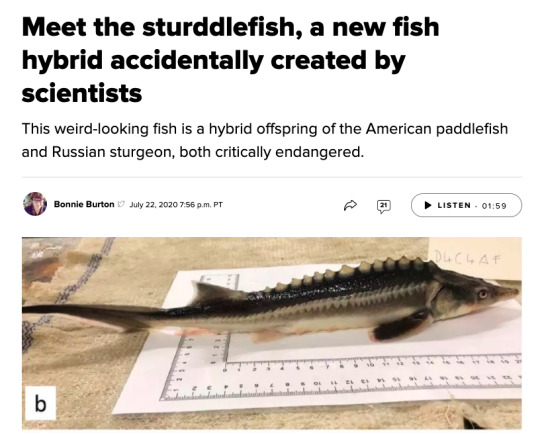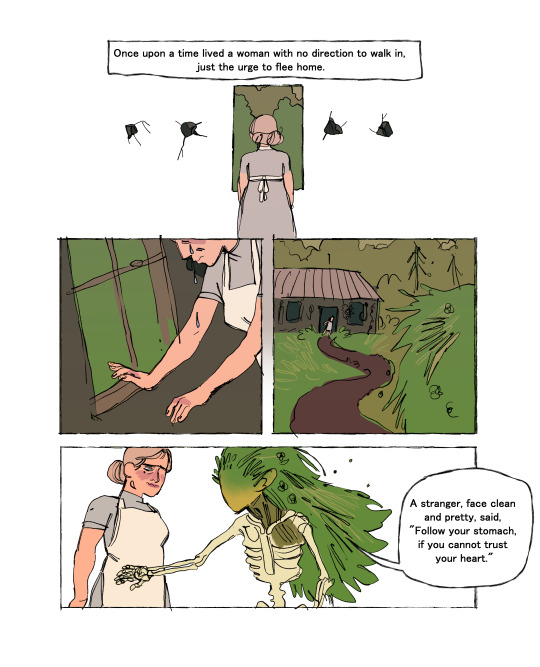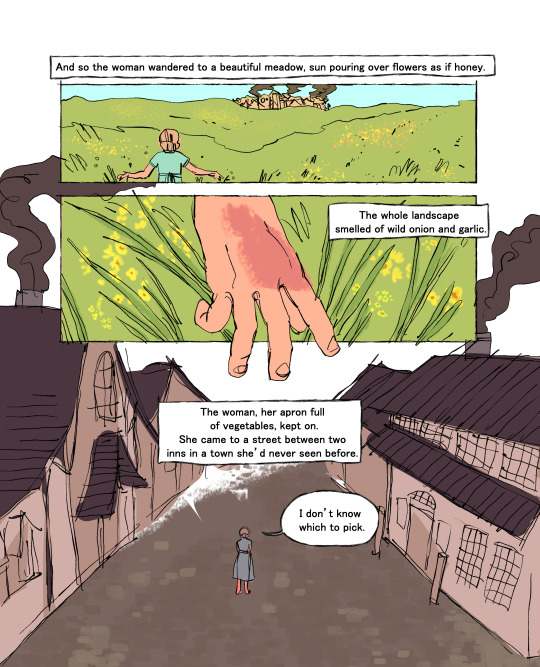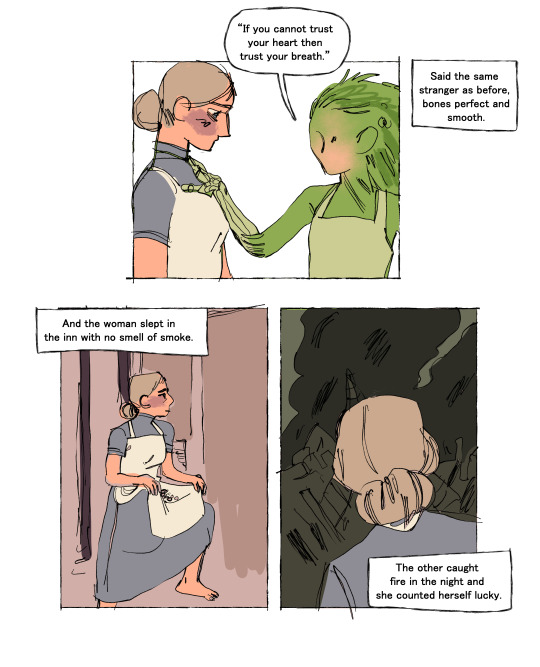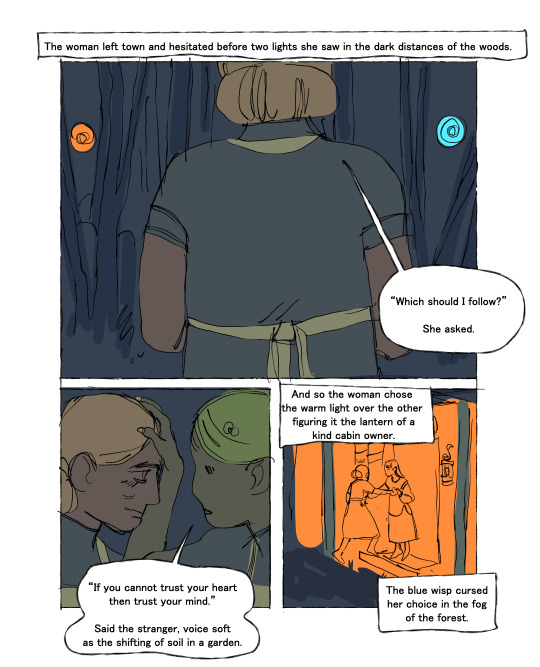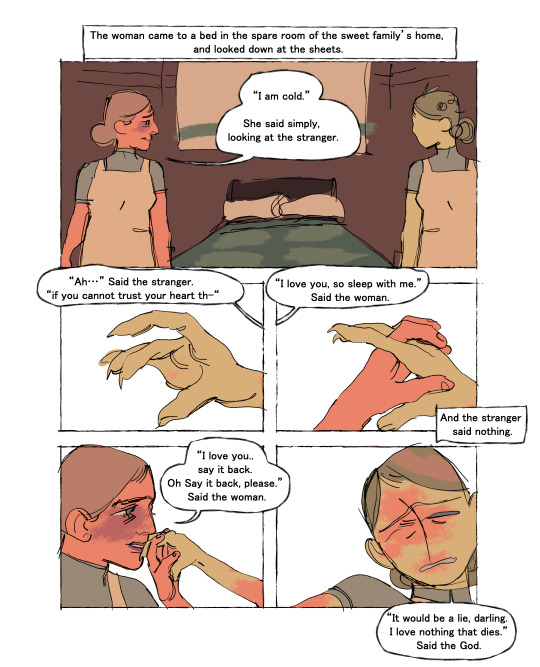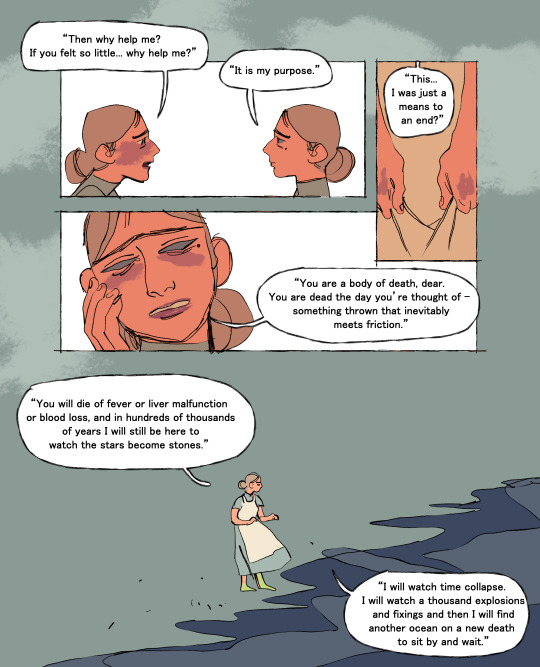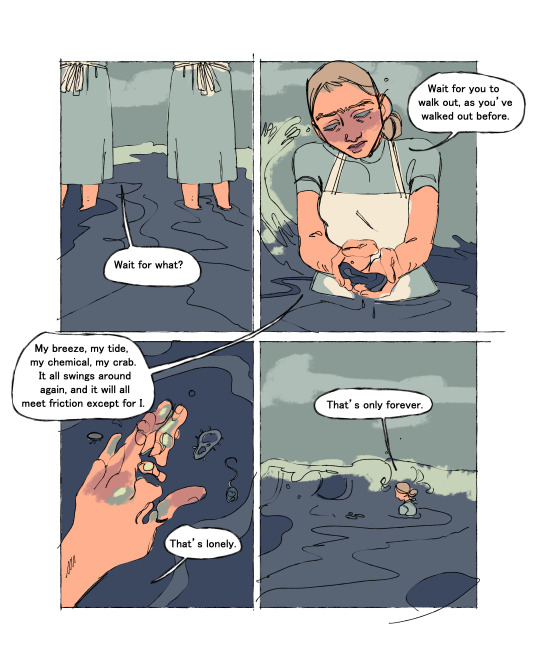Text
"skibidi toilet is ruining gen alpha" do none of you people remember asdf. i remember asdf.
122K notes
·
View notes
Text
rice, like humans, is mostly water. thus, eating rice may be essentially equivalent to cannibalism. and as we know, cannibalism is frequently used as a metaphor or even stand-in for gay sex. therefore eating rice can be seen as the same as gay sex. in this essay I will
42K notes
·
View notes
Text
'She is so old': One-eyed wolf in Yellowstone defies odds by having 10th litter of pups in 11 years
By Patrick Pester, published June 3, 2024
Wolf 907F recently gave birth to her 10th litter of pups, which researchers say is likely a Yellowstone National Park record.
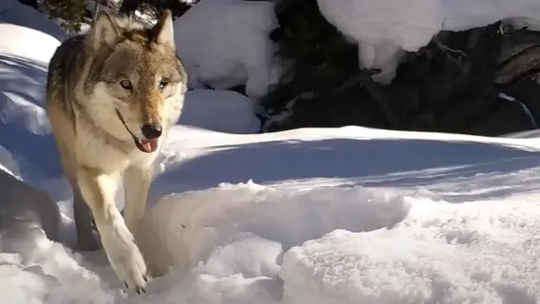
Wolf 907F walking past a trail camera in Yellowstone National Park. (Image credit: Yellowstone Wolf and Cougar Project)
The alpha female of a Yellowstone gray-wolf pack has defied the odds by having a 10th litter of pups at the age of 11.
The one-eyed wolf elder, named Wolf 907F, gave birth to her latest litter last month, the Cowboy State Daily reported. Gray wolves (Canis lupus) have an average life span of three to four years, so it's rare for them to reach 11, let alone have pups at that age.
Wolf 907F has given birth to pups every year for a decade straight since she became sexually mature, which Kira Cassidy, a research associate at the Yellowstone Wolf Project, said is likely a record for the wolves of Yellowstone National Park.

At age 11, Yellowstone’s Wolf 907F has lived more than twice a wild wolf’s average life expectancy. In this photo from April, she was pregnant with a litter of pups that she’s since given birth to. (Courtesy Yellowstone Wildlife Project)
"Every day, I expect that she might die just because she is so elderly, but I've been thinking that for the last few years, and she keeps going," Cassidy told Live Science.
Cassidy has calculated that only about 1 in 250 wolves in Yellowstone make it to their 11th birthday, with just six recorded examples since wolves were reintroduced to the park in 1995. The oldest of all of these great elders lived to 12.5 years, according to the National Park Service.
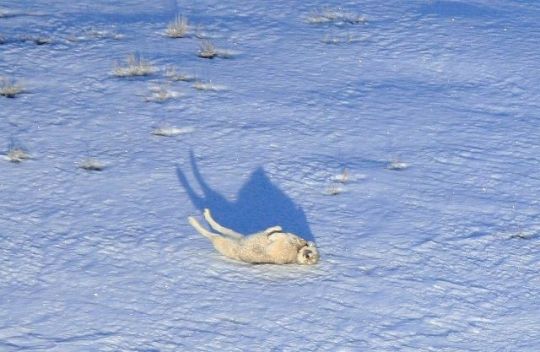
Wolf 907F lies in the snow in Yellowstone in 2015. (Image credit: Kira Cassidy/NPS)
Wolf 907F is the oldest wolf to have lived her whole life in the park's Northern Range, where there is more prey but also more competition from other wolves. Wolves rarely die of old age in the wild, and in Yellowstone National Park, the biggest threat is other wolves.
"In a protected place like Yellowstone, their number-one cause of death is when two packs fight with each other," Cassidy said. "That accounts for about half of the mortality."

One of Yellowstone's oldest wolves, Wolf 907F is pictured here with her pack last year. She's the gray collared wolf on the lower left. (Courtesy Yellowstone Wildlife Project)
Wolf 907F is the alpha female of the Junction Butte pack, which has between 10 and 35 members at any given time. Cassidy noted that this is a large pack — the average wolf pack size is about 12 individuals — and that reduces the risk of being killed in territorial fights. Wolf 907F's experience also gives her pack an edge.
"Packs that have elderly wolves are much more successful in those pack-versus-pack conflicts because of the accumulated knowledge and the experience that they bring to that really stressful situation," Cassidy said.
Wolf 907F has likely boosted her pack's survival chances outside of battle, too. Cassidy noted that the Junction Butte pack rarely leaves Yellowstone's border and that Wolf 907F is "savvy" when it comes to things like crossing roads and avoiding humans.

Wolf 907F, Yellowstone's aging matriarch at 11 years old, only has one eye. She's the fourth wolf to pass by this trail cam. (Courtesy Yellowstone Wildlife Project)
What makes Wolf 907F even more impressive is that she does all of this with only one functioning eye. Researchers aren't sure what happened, but her left eye has been small and sunken since before she turned 4. "You would never know [when] watching her," Cassidy said.
Like other elders, Wolf 907F takes a back seat in hunts now that she's older, and she spends most of her day hanging around with the pack's pups. Cassidy and her colleagues have counted three pups in her current litter, which is smaller than the average litter size of four to five but not surprising. A 2012 study of Yellowstone wolves published in the Journal of Animal Ecology found that litter size declines with age.
"The fact that 907 is still having pups is amazing, and her litter being small is expected given that she is so old," Cassidy said.
A few of Wolf 907F's offspring now lead packs of their own, but most of her pups never reach adulthood due to the perilous nature of being a wolf. However, Wolf 907F and the others in the park don't seem to live like death is on their mind.
"They are happy to be with their family going from day to day," Cassidy said. "Even if they have injuries or are missing an eye or something really stressful is going on in their life, they move through that stress and go back to seemingly really enjoying their life."

At age 11, Yellowstone's Wolf 907F - the gray wolf in the center of this photo from 2020- has lived more than double the typical lifespan of wolves in the wild. (Courtesy Yellowstone Wildlife Project)
31K notes
·
View notes
Text
can we talk about how being so pants-shittingly terrified of Doing A Racism you freeze up or Get Weird around anyone a shade darker than the sugar in your cupboard or with an accent is effectively the same as being scared of brown people and doesn't make you much better than Sandra Lilly Smith from the suburbs who clings her purse when a black guy gets on the elevator with her
30K notes
·
View notes
Text
207K notes
·
View notes
Text
When he realized red is the good part of the watermelon.. 😅
127K notes
·
View notes
Text
Listen: I'm having fun with these, and that's the main thing
Still a day left on the jellyfish one I think (I should not have set it to a week), but the butterfly and ladybird polls are done! So what next, but the humble moth
I want you all to know that the etymology of some of these was an absolute fucking arse. You're welcome.
568 notes
·
View notes
Text
60K notes
·
View notes
Text
Blood-belly comb jelly my beloved ❤️ 🩸
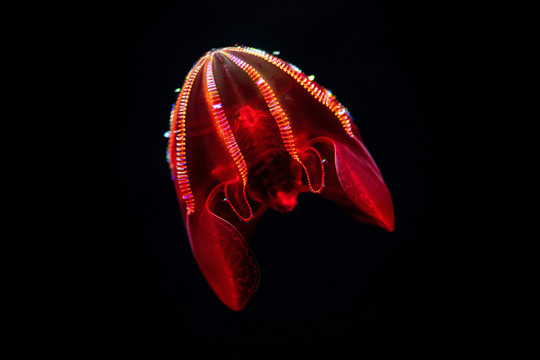
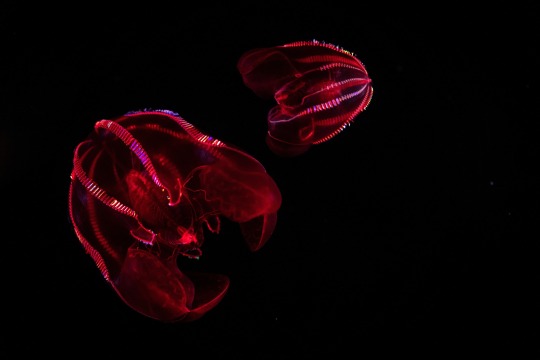
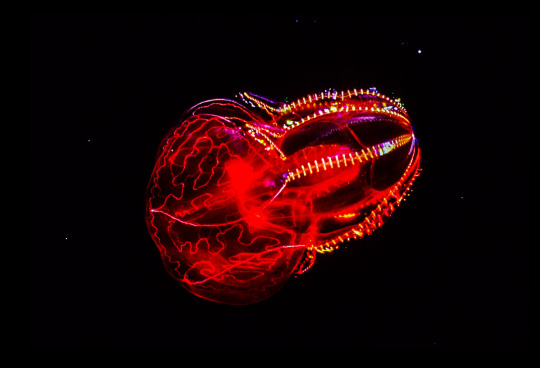
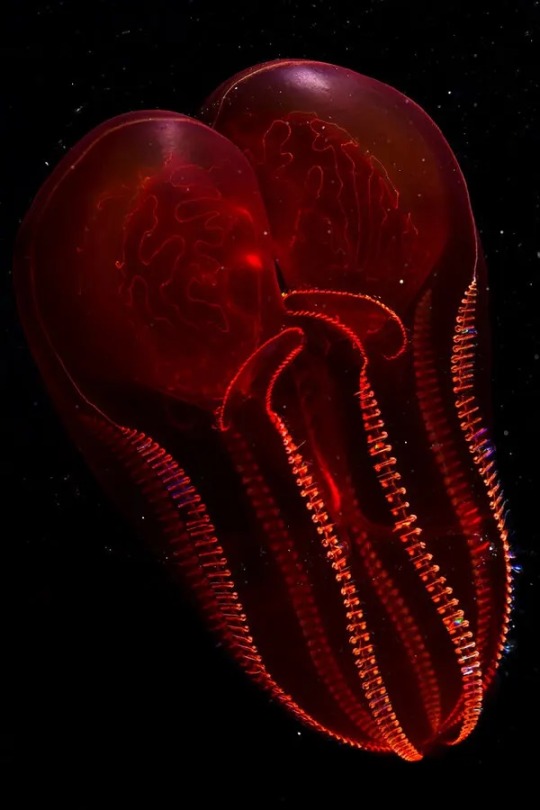
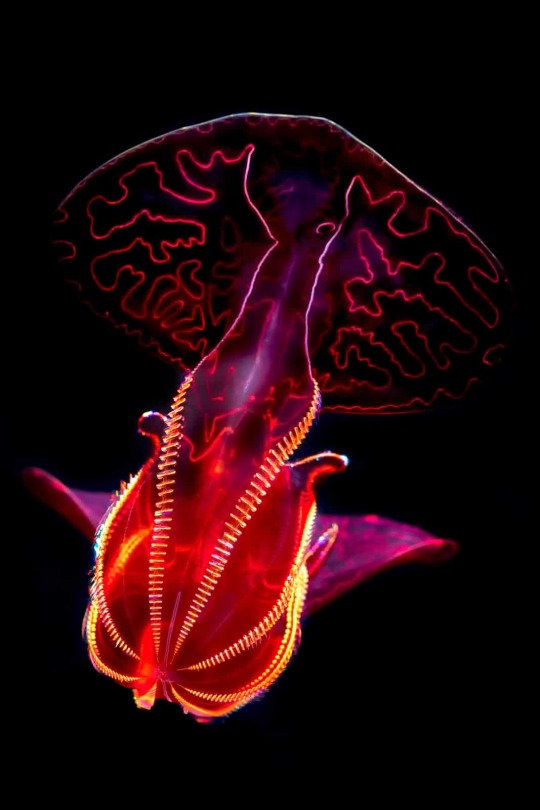
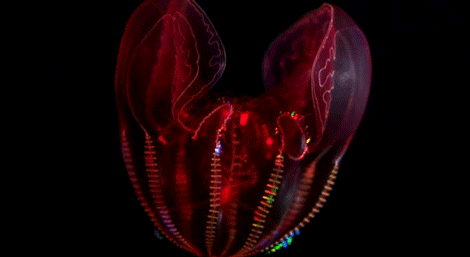

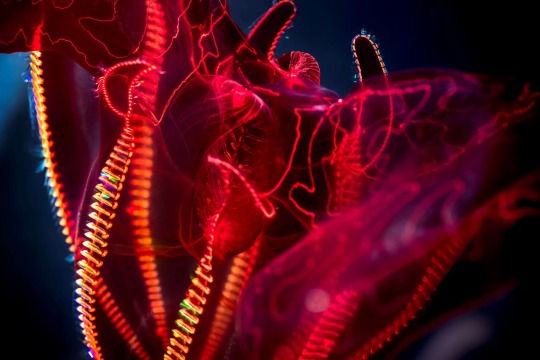
Meet Lampocteis cruentiventer, the bloodybelly comb jelly. This deep sea ctenophore was first collected in the Pacific Ocean off the coast of San Diego, California, in 1979.
Scientists believe the bloody-belly's red belly helps mask bioluminescent light from the prey it consumes. A predator with a glowing gut could easily become prey.
The genus name Lampocteis derives from the Greek roots for “brilliant comb,” referring to the bright iridescence diffracted from the animal’s comb rows.
Love to sea it 🌊
4K notes
·
View notes















